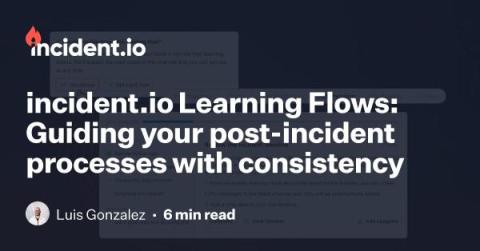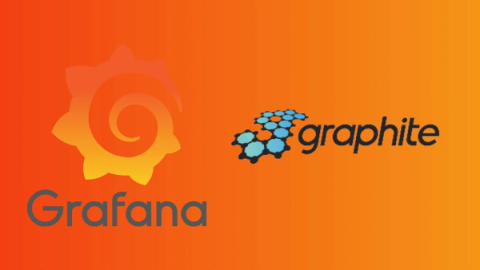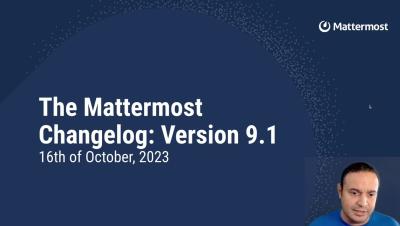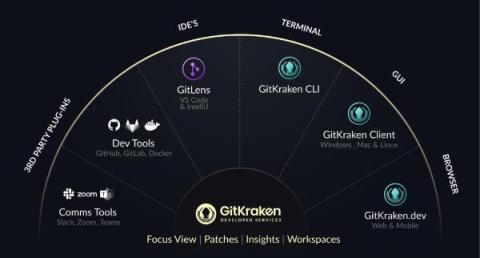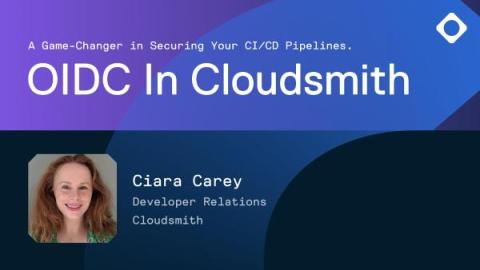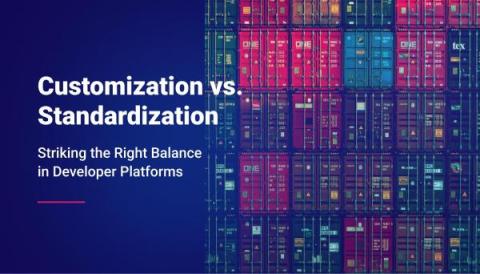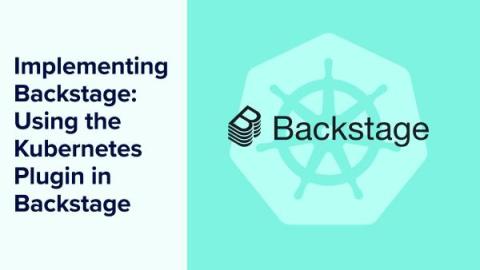Operations | Monitoring | ITSM | DevOps | Cloud
DevOps
The latest News and Information on DevOps, CI/CD, Automation and related technologies.
Monitoring CPU Temperature with Hosted Graphite
Monitoring CPU temperature is crucial for ensuring the smooth and efficient functioning of computer systems. As processors become more powerful, they generate more heat, which can lead to performance issues, system instability, and even hardware damage. Overheating is a common problem faced by many computer users, especially those who engage in resource-intensive tasks like gaming or running complex software.
Internal Developer Platform: What's the ROI?
Learning Flows: Bringing consistency to your post incident processes
Grafana and Graphite Best Practices
Efficient monitoring and visualization of performance metrics are paramount for ensuring seamless user experiences and reliable system operations. Grafana and Graphite, two powerful open-source tools, form an unbeatable combination when it comes to monitoring and analyzing time-series data. Grafana provides a robust and flexible platform for visualizing data, while Graphite acts as a scalable and efficient backend for storing and retrieving metric data.
Mattermost v9.1 Changelog
Introducing GitKraken's New Suite of Dev Tools
Hey, Matt from GitKraken here. I’ll admit, we’re a tad obsessed with developer productivity. Tools like GitKraken Client and GitLens are great for helping any developer go further, faster. But building software is most often a team sport. So over the past year, customers of all sizes have been imploring us to fill two important voids.
Securely Connect Cloudsmith to your CI/CD using OIDC Authentication
Are your CI/CD pipelines at risk? They might be if you use long-lived, static credentials and tokens. Long-lived, static credentials and tokens are one of the most common causes of data breaches in cloud environments. CI/CD tools need access to cloud services to publish artifacts, deploy software, and access resources on their cloud provider. So, they need credentials. It's tempting to hard-code them. But that's a bad idea.
Customization vs. Standardization: Striking the Right Balance in Developer Platforms
Implementing Backstage: Kubernetes Plugins
This second last part of the “Implementing Backstage” series explains how to use the Kubernetes plugin in Backstage using real-world scenarios. The previous installments covered getting started, using the core features, integrating with existing tools using plugins, and security and compliance. If you’re entirely new to Backstage and want to learn more, you can read the first entry in the “Evaluating Backstage” series.





